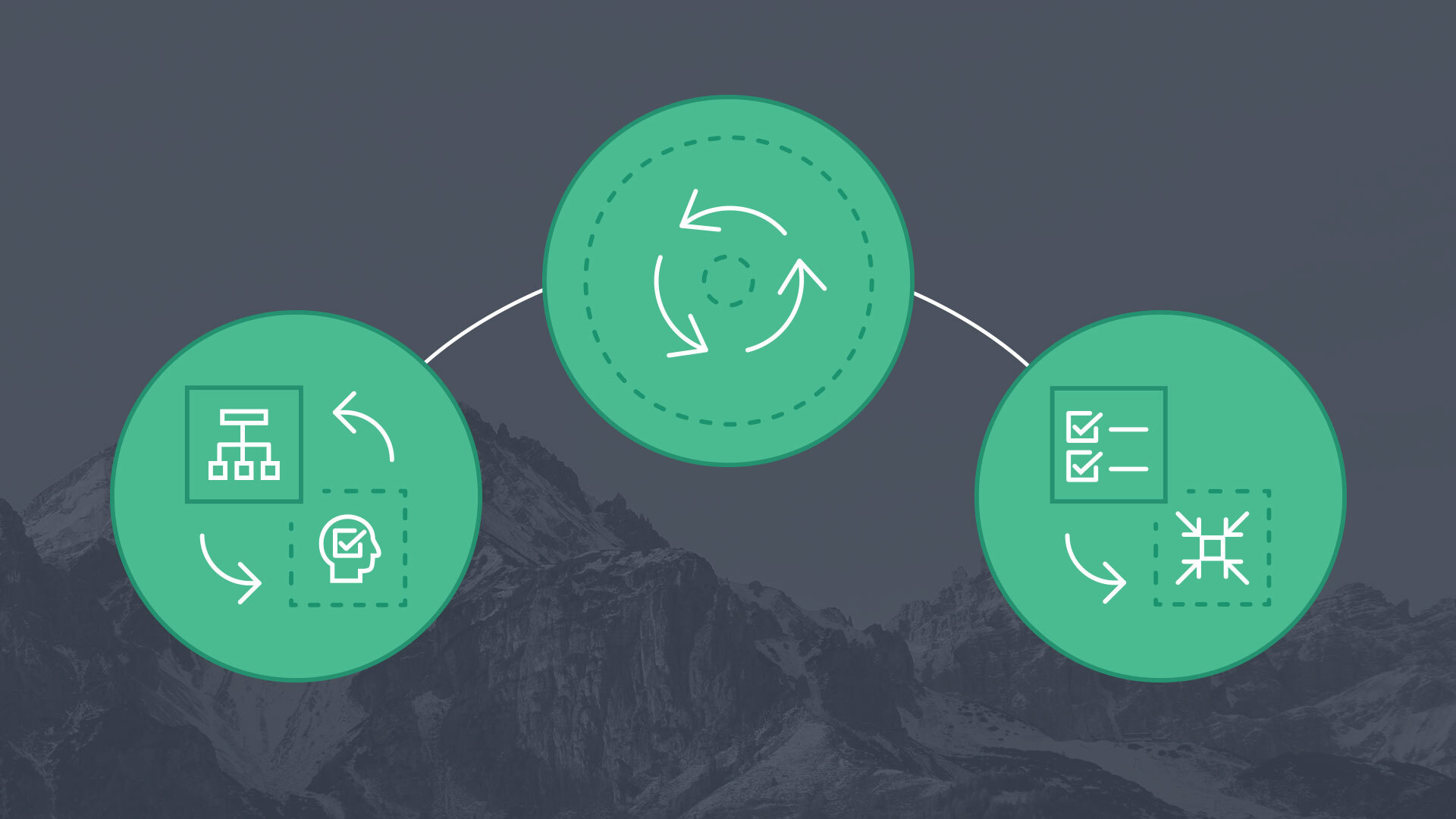What’s In a System?
The foundation of sustainable Business Agility is a “systems first” Transformation. The basic idea is that systems deliver the results they’re designed to produce, and therefore, the path to Business Agility starts with improving the system.
What’s in a System?
Early in a Transformation, we organize a company’s Transformation around two key systems, the System of Delivery and the System of Transformation. The System of Delivery represents how an organization builds products or business capabilities. The System of Transformation focuses on implementing and sustaining the changes necessary for an organization to become Agile.
The introduction of these systems leads one to the question, “what’s in a system?”
System Defined
A system is a mechanism to manage a flow of work with a clearly defined structure and governance and is measured by a set of metrics.
Flow of Work
Every system is focused on a specific type of work that flows through the system. The work is the primary “output” of the system and is managed at multiple levels of detail. For example, within the System of Delivery, the flow of work is epics, features, and stories that build or improve business capabilities.
Structure
The structural component of a system defines the teams and roles required to operate the system at multiple levels of scale throughout the organization. Each category of team within the structure has a specific purpose. The structure also defines the cross-functional roles that enable each team to make informed decisions about the work being managed by the system.
Within the System of Delivery, we primarily organize the work around three types of teams. The Portfolio team manages work that spans multiple product teams. A Product team manages work that spans multiple delivery teams. A Delivery team manages work units that can be converted into working, tested product within a two-week period. Each of these teams has a set of roles that are appropriate to manage a specific scope of work, either epics, features, or stories.
Governance
The governance component of a system illustrates the steps an organization takes to translate strategy to execution and manage units of work. It clarifies the types of decisions that must be made about each unit of work, the definition of “done” for each work item, and the role(s) who have authority and accountability to make decisions. For example, the governance model within the System of Delivery revolves around five key categories of decisions, including:
- Strategic alignment
- Solution vision
- Clarity and capacity
- Execution
- Measuring effectiveness
A key benefit of the governance model is to ensure that decisions are made at the correct layer in the structure, avoiding the delays and defects that occur when strategic decisions are left to the delivery teams.
Metrics
The metrics of a system are a set of properties and attributes used to measure and evaluate the performance of a system. We identify metrics that not only help us understand how work is flowing through the system but also manage the quality of the work as well as its business value. Metrics in the System of Delivery focus on three things: business value, predictability, and product health. The metrics inform work that we do within the System of Transformation, where we coach the teams at each tier in the System of Delivery as they trek to a basecamp.
A System of Systems
As an organization makes the journey to Business Agility it must manage two distinct flows of work: work to build business capability, and work to transform the organization. Since the work to transform an organization has a different nature than the epics, features, and stories that build business capabilities, we manage this flow of work through a different system, the System of Transformation. It allows an organization to manage progress of the Transformation with the same focus on results that we use to manage the delivery of working tested product through the System of Delivery. The combination of these systems allows us to “call our shots” and deliver quantifiable improvements to flow through the System of Delivery, generating returns that significantly exceed an organization’s investment in an Agile Transformation.
More than the “Sum of the Parts”
A systems-first approach enables us to effectively manage the non-linear interactions between the structure, governance, and the flow of work through a system. Practices-based and culture-first approaches to Transformation are ill-equipped to address the non-linear aspects of systems, which is why these approaches to Agility fail to deliver results at scale.
To learn more, read our previous blog post on the two Systems:


